DORA Penetration Testing simulates advanced attack scenarios on financial institutions to identify vulnerabilities across infrastructure, applications, and third-party integrations. It targets critical systems in banks, fintechs, and insurers where sensitive operations and customer data are processed.
As the financial sector grows increasingly digital, the attack surface has expanded, exposing firms to risks that traditional penetration tests often miss, such as resilience gaps, supply chain weaknesses, or systemic vulnerabilities that can disrupt entire services.
That’s why DORA-focused penetration testing is essential to validate resilience, uncover security flaws, and ensure compliance before real-world incidents occur.
tl;dr: DORA penetration test uncovers weaknesses in critical infrastructure, APIs, and third-party dependencies for banks, insurers, and fintechs. It proves resilience before compliance deadlines, major upgrades, vendor onboarding, or audits. AppSecure runs safe-in-production, TIBER-EU–aligned simulations with clear remediation and optional retests, so institutions meet DORA requirements while staying secure and resilient.
Common vulnerabilities found in DORA penetration testing
Let’s first look at the common vulnerabilities that DORA penetration testing often uncovers across financial institutions and their extended ecosystems:
- Weak authentication or MFA bypasses
Attackers often exploit weak authentication flows, including predictable password policies, insufficient session timeouts, or flawed multi-factor authentication implementations.
In some cases, OTP interception, push notification fatigue, or SIM-swapping allow adversaries to bypass MFA, giving them unauthorized access to critical banking portals or admin interfaces.
- API flaws in payment or trading platforms
Payment gateways and trading systems frequently expose APIs that lack proper validation, leaving endpoints vulnerable to injection attacks, replay attacks, or insecure direct object references (IDOR).
Exploiting such flaws can allow attackers to manipulate transaction data, initiate unauthorized payments, or access sensitive trade information.
- Access control misconfigurations in banking systems
Improperly enforced role-based access controls (RBAC) or excessive permissions in core banking platforms can grant users far more access than required. Such misconfigurations open the door for privilege escalation, lateral movement, and unauthorized operations that can compromise customer accounts or financial records.
- Sensitive data exposure in cloud/hybrid environments
Many institutions rely on hybrid deployments, but improper encryption of data at rest or in transit, misconfigured S3 buckets, and exposed backups often surface during audits. These weaknesses can leak personally identifiable information (PII), payment card data, or confidential trading records.
- Vulnerabilities in vendor integrations
Third-party fintech providers and payment processors introduce supply chain risk. Weak security practices in vendor APIs, SDKs, or authentication flows can be leveraged by attackers to compromise entire ecosystems, bypassing otherwise strong internal controls.
- Misconfigured firewalls or insecure network segmentation
Flat networks or poorly tuned firewall rules expose internal services to external threats. In many cases, segmentation between production, test, and development environments is missing, enabling attackers to pivot across systems once they gain an initial foothold.
- Insider threat exploitation scenarios
DORA assessments also simulate malicious insiders with privileged access. Weak logging, inadequate anomaly detection, or lack of segregation of duties allow insiders to exfiltrate sensitive data, initiate fraudulent transactions, or disable critical security controls without immediate detection.
The DORA penetration testing process
The DORA penetration testing process follows a structured approach aligned with regulatory standards. Here are the key stages involved:
- Scoping and regulatory mapping
The first step is to define the systems, applications, and business processes that fall under DORA’s regulatory perimeter. This includes critical banking platforms, payment gateways, trading infrastructures, and vendor integrations.
The scope is mapped to DORA requirements and frameworks like TIBER-EU, which mandate controlled, intelligence-led testing against critical functions. Clear boundaries are established to ensure coverage of both primary and supporting systems, while also considering systemic interdependencies and third-party risks.
- Threat intelligence gathering
Realistic testing begins with collecting threat intelligence specific to the financial sector. Intelligence sources include APT reports, dark web monitoring, sector-specific IOCs (Indicators of Compromise), and historical incidents targeting payment ecosystems.
This ensures that scenarios reflect the tactics, techniques, and procedures (TTPs) of adversaries most likely to attack banks, insurers, and fintechs, ranging from credential harvesting and SWIFT fraud attempts to ransomware campaigns and vendor exploitation.
- Vulnerability discovery
A dual-layer approach is used: automated scanning for known CVEs and misconfigurations, combined with manual deep dives to uncover logic flaws and chained vulnerabilities. Technical assessments cover web applications, APIs, network services, containerized environments, and hybrid cloud deployments.
For instance, testers may identify an outdated library in an online banking portal, then manually attempt to escalate privileges through business logic manipulation or chaining API calls.
- Threat-led exploitation
Unlike generic testing, exploitation is guided by the threat intelligence gathered earlier. Testers attempt realistic attack paths such as bypassing authentication mechanisms, exploiting weak access controls in payment APIs, or pivoting through third-party vendor connections.
Payloads are crafted to simulate real adversary behavior, often using techniques like spear phishing, credential stuffing, or custom malware droppers, while carefully avoiding operational disruption.
- Lateral movement and impact simulation
Once an initial foothold is gained, testers simulate adversary behavior inside the network. This involves privilege escalation via Kerberos ticket manipulation, exploiting Active Directory misconfigurations, or moving laterally into SWIFT gateways and transaction systems.
The objective is to demonstrate how quickly attackers could compromise critical business services and what systemic damage could occur, whether service outages, fraudulent transactions, or regulatory breaches.
- Resilience evaluation
This stage assesses not just security controls but the institution’s ability to recover. Testers observe detection timelines (MTTD), response effectiveness (MTTR), and the robustness of business continuity measures.
For example, they may disable a simulated database cluster or exfiltrate dummy data to measure whether incident response playbooks trigger properly, SOC analysts escalate incidents correctly, and recovery teams restore operations within RTO/RPO targets.
- Reporting and remediation
Findings are compiled into compliance-ready documentation, including vulnerability lists, attack chains, resilience gaps, and business impact analysis. Reports are structured to align with DORA’s requirements and TIBER-EU templates, ensuring they are regulator-ready.
Remediation recommendations go beyond patching, covering architectural improvements, enhanced detection logic, and vendor security reviews.
- Retesting
After remediation, retesting validates that all identified issues are fixed and resilience improvements are effective. This prevents recurring vulnerabilities and demonstrates regulatory compliance.
In many cases, continuous testing cycles are recommended to align with DORA’s requirement for ongoing resilience validation rather than one-off assessments.
When to conduct DORA penetration testing
Knowing when to conduct DORA penetration testing is as important as the testing itself. Proper timing ensures vulnerabilities are caught early, resilience gaps are addressed, and compliance requirements are met without last-minute surprises.
Below are the most common scenarios where DORA penetration testing delivers the most value, along with recommended timing:
| Ideal testing scenario | Recommended timing |
|---|---|
| Ahead of DORA compliance deadlines | Schedule testing well before deadlines to uncover gaps, implement fixes, and prepare regulator-ready reports. |
| After major infrastructure changes or migrations | Run tests immediately after system upgrades, cloud migrations, or platform deployments to validate secure configurations and access controls. |
| Before onboarding new critical third-party providers | Test vendor integrations before adoption to ensure they don’t introduce vulnerabilities into payment, trading, or customer-facing systems. |
| Following a cyber incident or breach | Conduct testing post-incident to verify exploited weaknesses have been resolved and resilience capabilities improved. |
| As part of yearly resilience assessments | Include penetration testing in annual or bi-annual reviews to continuously benchmark resilience and address evolving threats. |
AppSecure’s approach to DORA penetration testing
When it comes to DORA penetration testing, you need more than a generic security vendor, you need specialists who can replicate advanced threats without disrupting operations, while aligning every step with regulatory expectations.
AppSecure brings this level of expertise through its hacker-led testing model and proven track record with financial entities. Here’s how our Dora pentesting methodology works in practice:
- Threat-led testing aligned with TIBER-EU
AppSecure’s methodology is rooted in threat-led simulation, where real adversary tactics are reproduced against critical systems. Using our Red Teaming as a Service (RTaaS) framework, we mimic scenarios that align naturally with DORA and TIBER-EU principles.
Our intelligence-based, adversary-driven testing goes beyond automated scans. This ensures that institutions are not just checking boxes but validating their resilience against the types of sophisticated attacks regulators are concerned about.
- Industry-specific expertise for regulated financial entities
With proven work in Fintech Security, AppSecure understands the complexities of payment systems, banking APIs, and financial data flows. This industry knowledge enables testers to identify vulnerabilities that may appear harmless in a generic system but pose serious compliance or operational risks in a regulated financial environment.
Our domain expertise ascertains that the testing reflects real-world threats financial regulators expect institutions to withstand.
- Safe production testing methods
Testing in live financial systems requires precision. AppSecure emphasizes safe testing practices, leveraging its Penetration Testing as a Service (PTaaS) model to detect vulnerabilities continuously without harming uptime or customer-facing operations.
Controlled exploit attempts, scoped payloads, and risk-aware execution ensure that production systems are validated for resilience without exposing them to operational disruptions.
- Actionable remediation reports for auditors and security teams
A core part of AppSecure’s value is in its compliance-ready penetration testing reports. These reports provide executive summaries for leadership, technical details for security engineers, and evidence trails for auditors.
Every finding is ranked by severity and business impact, with proof-of-concept demonstrations that make remediation steps clear and actionable. This dual-purpose reporting helps satisfy both regulatory audits and internal risk governance processes.
- Integration with compliance and DevSecOps workflows
AppSecure’s PTaaS approach blends well with modern DevSecOps pipelines, allowing vulnerabilities to be detected and remediated in sync with agile development cycles.
This integration helps financial institutions avoid bottlenecks, ensuring that compliance requirements like DORA are continuously validated as new features, infrastructure, or vendor connections are rolled out.
- Optional retesting to confirm resilience
Finally, AppSecure offers retesting cycles to verify that fixes have been properly applied and resilience gaps closed. This step ensures regulators and auditors can see evidence of effective remediation, while organizations gain confidence that issues will not resurface.
Continuous retesting also supports DORA’s requirement for ongoing operational resilience validation, not just one-off assessments.
Best practices for staying DORA-compliant year-round
Staying compliant with DORA is not just about passing audits, it’s about building sustainable cyber resilience. Here are some best practices to maintain compliance continuously:
- Maintain a real-time inventory of critical assets
Financial institutions must have full visibility into their digital landscape. A centralized asset inventory system helps track servers, endpoints, databases, APIs, and SaaS platforms that process sensitive financial data.
By tagging assets based on criticality and mapping them to business services, organizations can quickly identify which systems fall under DORA’s resilience requirements.
- Embed testing into change management
Any new release, migration, or infrastructure update introduces risk. Integrating penetration testing and vulnerability scanning into the CI/CD pipeline ensures that every change is validated against security baselines. This reduces the risk of undetected misconfigurations or exploitable code making it into production.
- Conduct third-party security reviews
Since DORA emphasizes third-party risk, organizations should perform due diligence and continuous monitoring of vendors. This includes security questionnaires, penetration testing of vendor portals, and reviewing contractual SLAs for incident reporting and data handling.
- Regularly patch and monitor systems
An automated vulnerability management program ensures that known weaknesses are patched promptly. Coupled with SIEM and threat detection systems, financial institutions can identify anomalies in real-time and respond before attackers exploit them.
- Keep incident response plans updated and tested
An incident response plan is only effective if it reflects current systems and is tested through tabletop exercises and red team drills. Regular updates ensure alignment with evolving DORA requirements and provide auditors with documented evidence of resilience.
Build Resilience Beyond Compliance with DORA Penetration Testing
Meeting DORA requirements is important, but true resilience comes from testing your systems under the same conditions attackers exploit. Regulatory audits and compliance checks can confirm controls, but they can’t reveal hidden misconfigurations, overlooked dependencies, or the weaknesses created by rapid change. That’s where DORA-focused penetration testing proves its real value.
At AppSecure, we don’t just run standard tests, we replicate realistic, multi-stage cyberattacks to assess your organization’s true readiness. Our tailored approach helps you identify blind spots, validate your defenses, and strengthen operational resilience well beyond the baseline set by DORA.
If you want to turn compliance into a stronger security posture, reach out to AppSecure today. Let’s make sure your systems aren’t just audit-ready, but battle-tested against modern threats.
FAQs
- What is included in AppSecure’s DORA penetration testing?
It includes regulatory-focused assessments, real-world attack simulations, compliance mapping, and detailed reporting to strengthen financial sector resilience.
- How long does a typical DORA penetration test take?
Depending on scope and complexity, most DORA penetration tests take between two to four weeks for complete execution and reporting.
- Will AppSecure testing disrupt our daily operations?
No, tests are carefully planned to minimize disruptions, ensuring business operations continue smoothly while critical vulnerabilities are thoroughly identified.
- Do you provide a clear report after testing?
Yes, AppSecure delivers a detailed report highlighting risks, compliance gaps, and actionable recommendations for strengthening organizational security and resilience.
- Can AppSecure help with fixing the issues found?
Absolutely! AppSecure supports remediation by advising fixes, validating patches, and ensuring compliance readiness post-penetration testing completion for sustained security.
- How often should we schedule DORA penetration tests?
Regularly, at least once annually, or whenever significant system changes occur, to ensure compliance and continued protection against evolving threats.

Ankit is a B2B SaaS marketing expert with deep specialization in cybersecurity. He makes complex topics like EDR, XDR, MDR, and Cloud Security accessible and discoverable through strategic content and smart distribution. A frequent contributor to industry blogs and panels, Ankit is known for turning technical depth into clear, actionable insights. Outside of work, he explores emerging security trends and mentors aspiring marketers in the cybersecurity space.


.png)


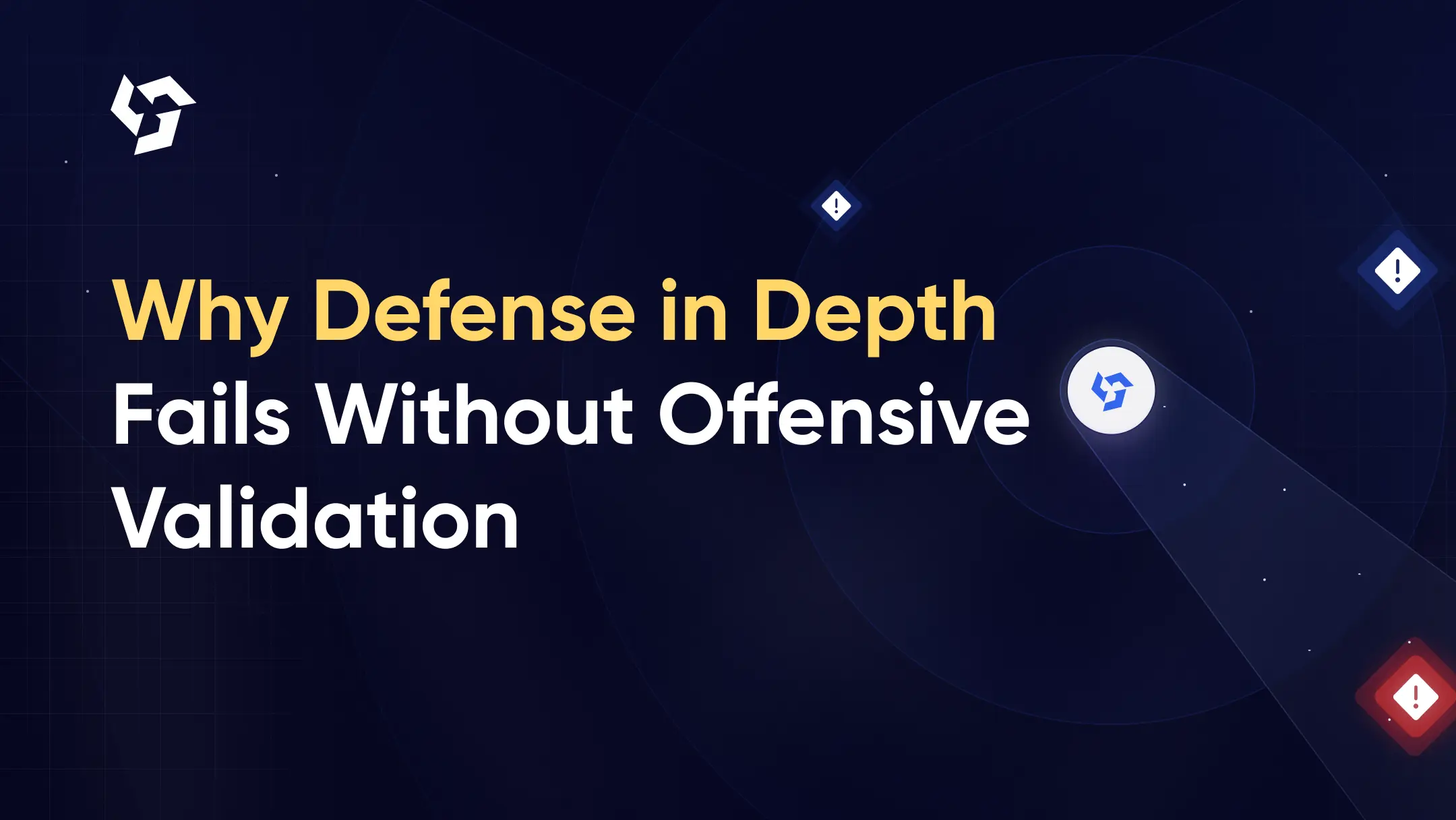


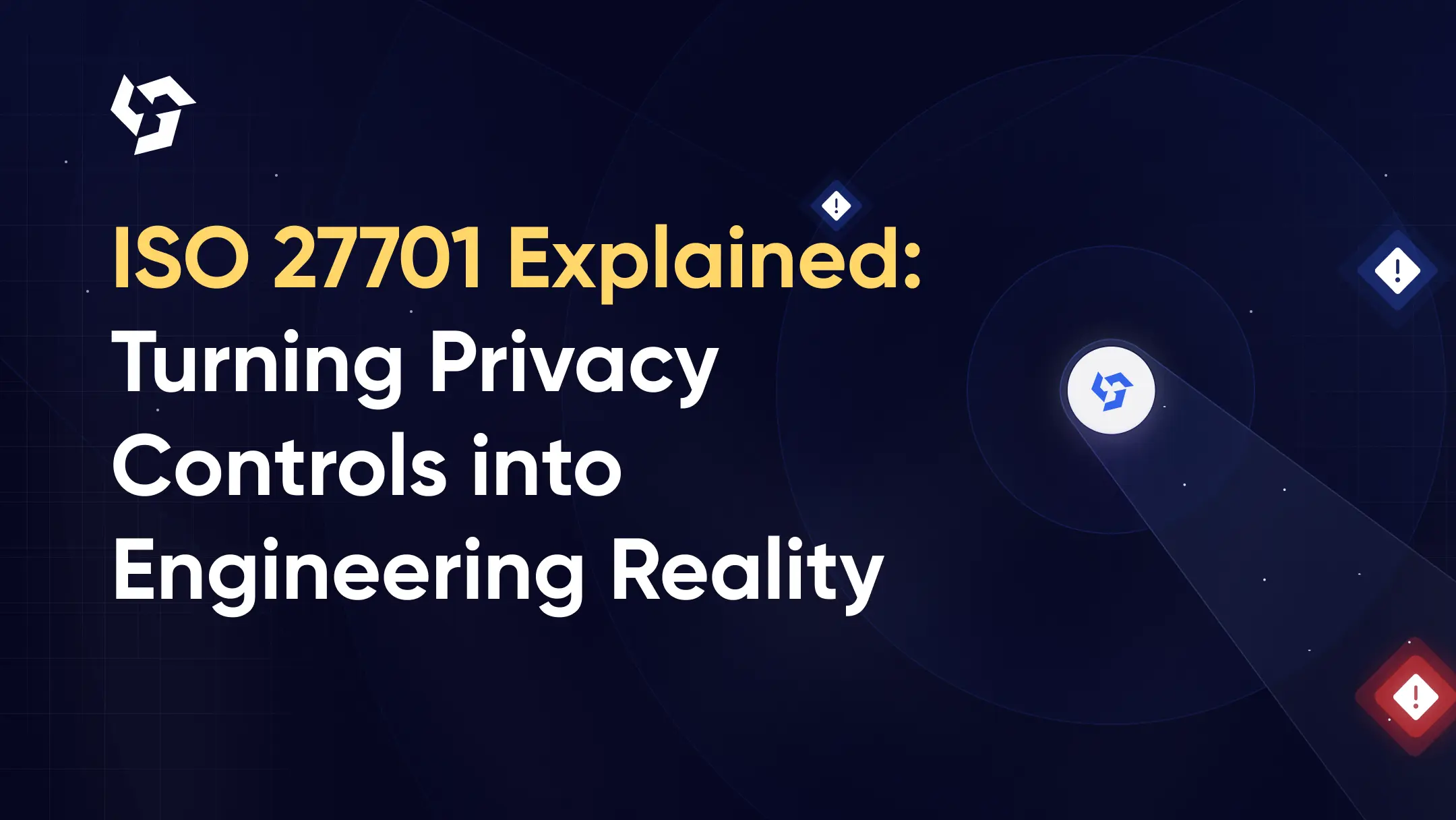

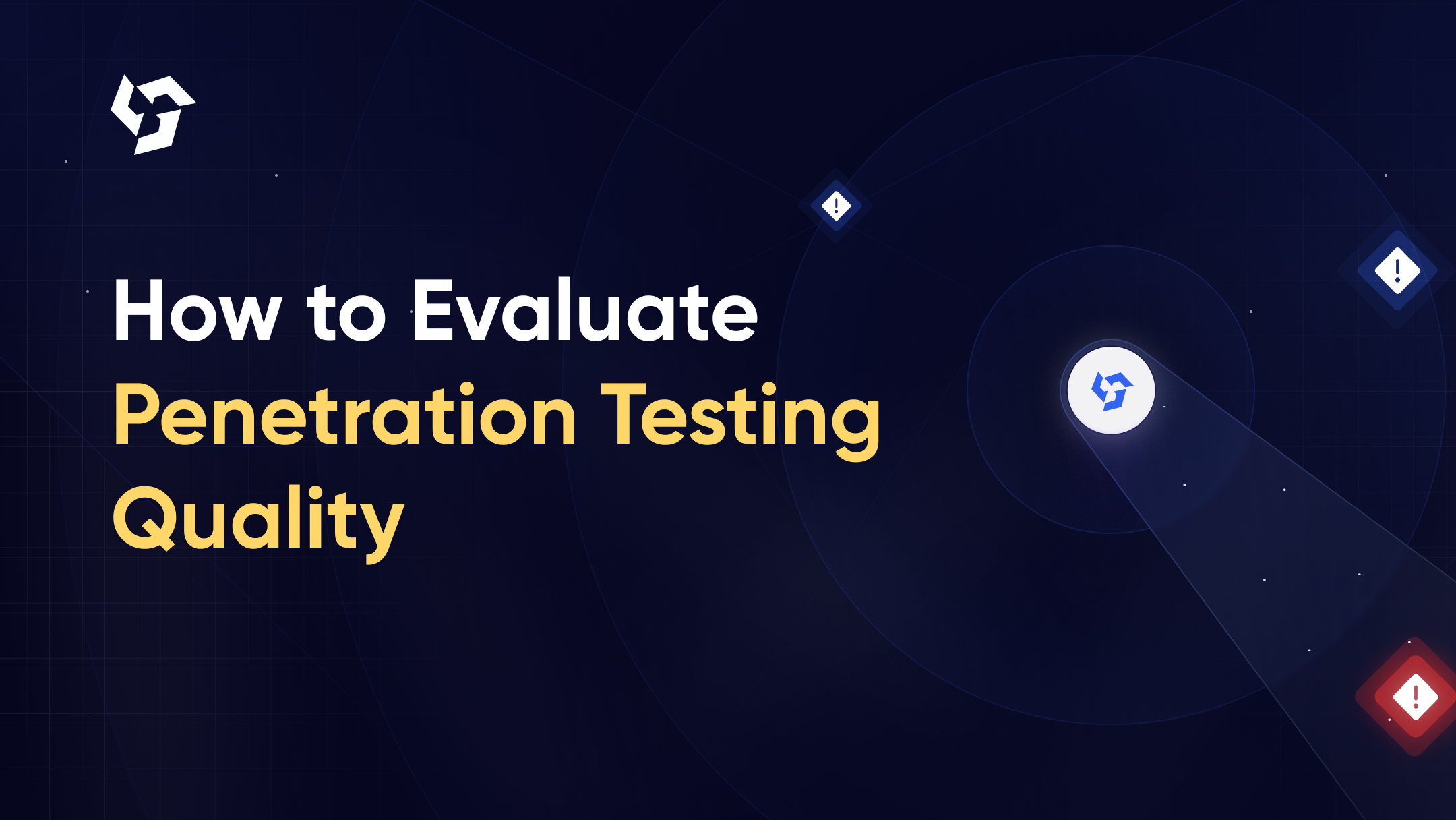

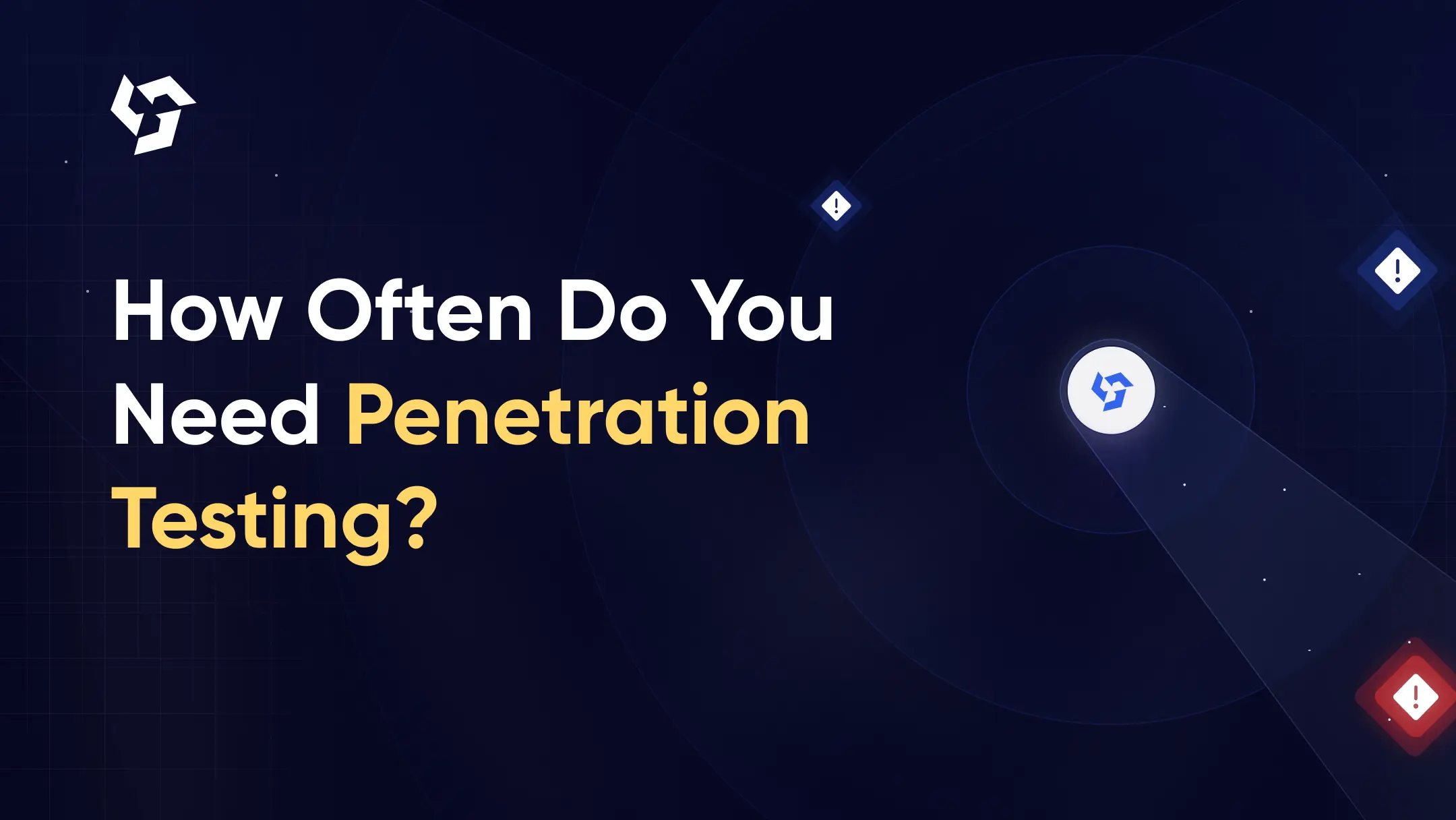
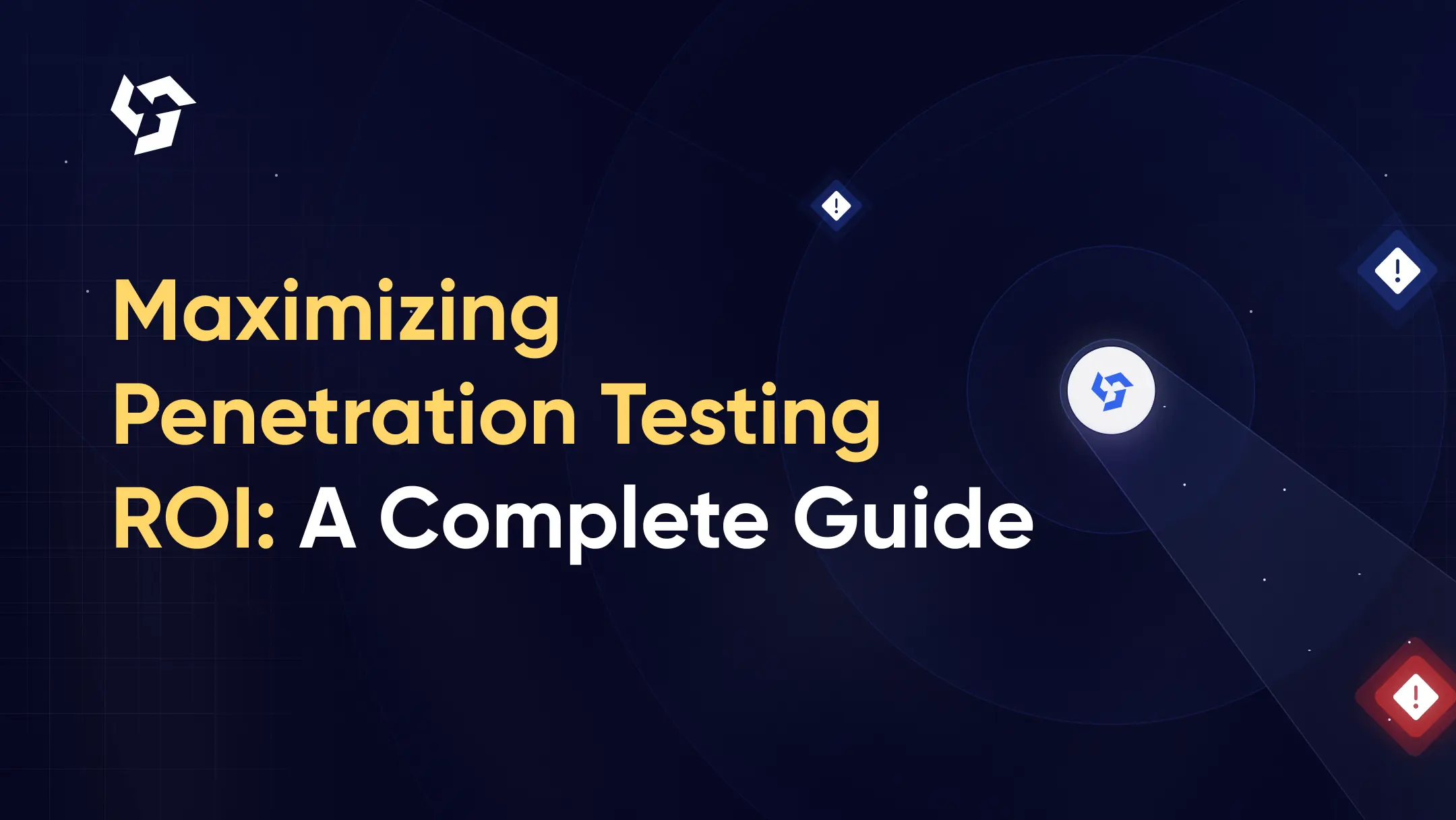


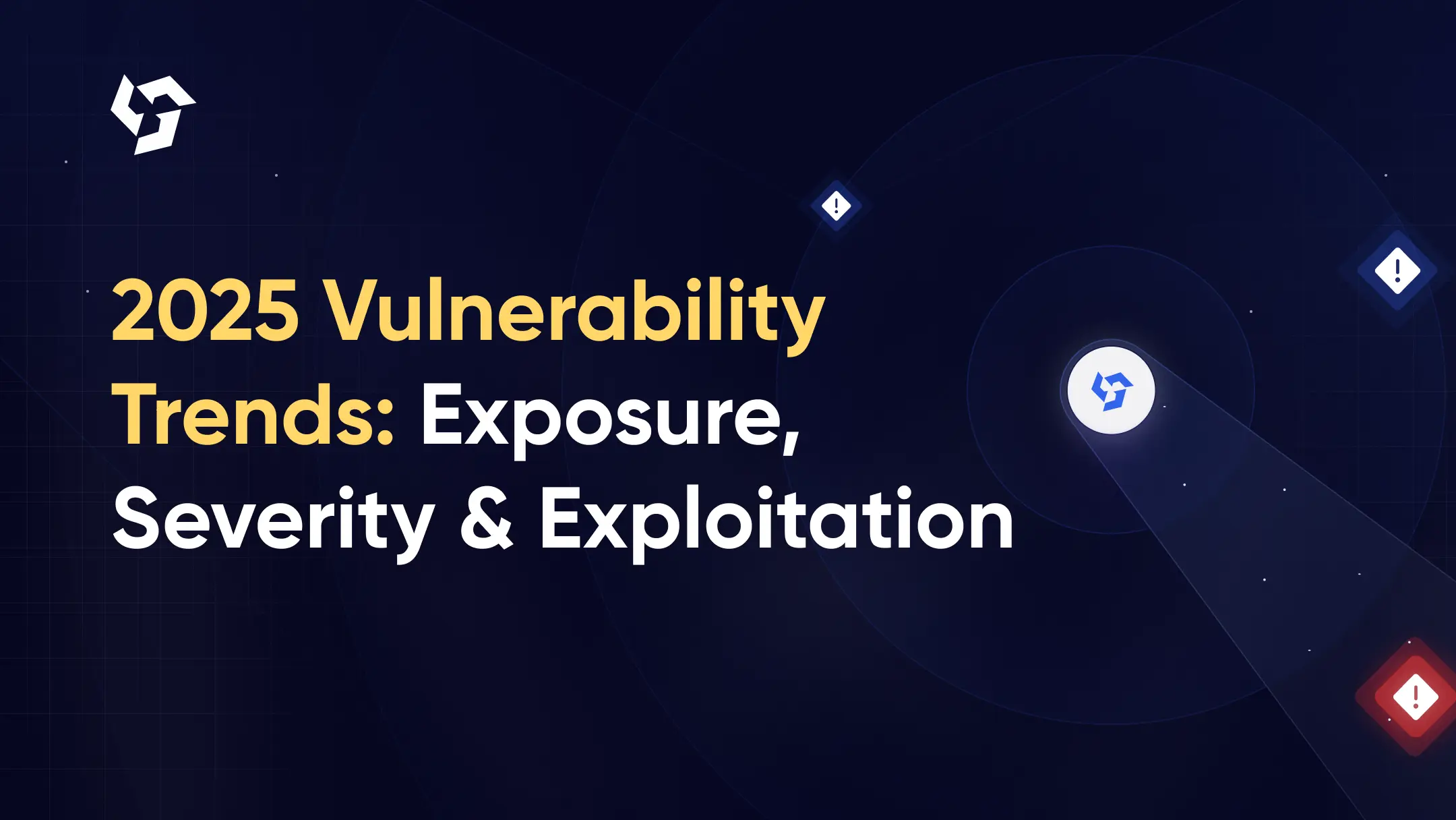
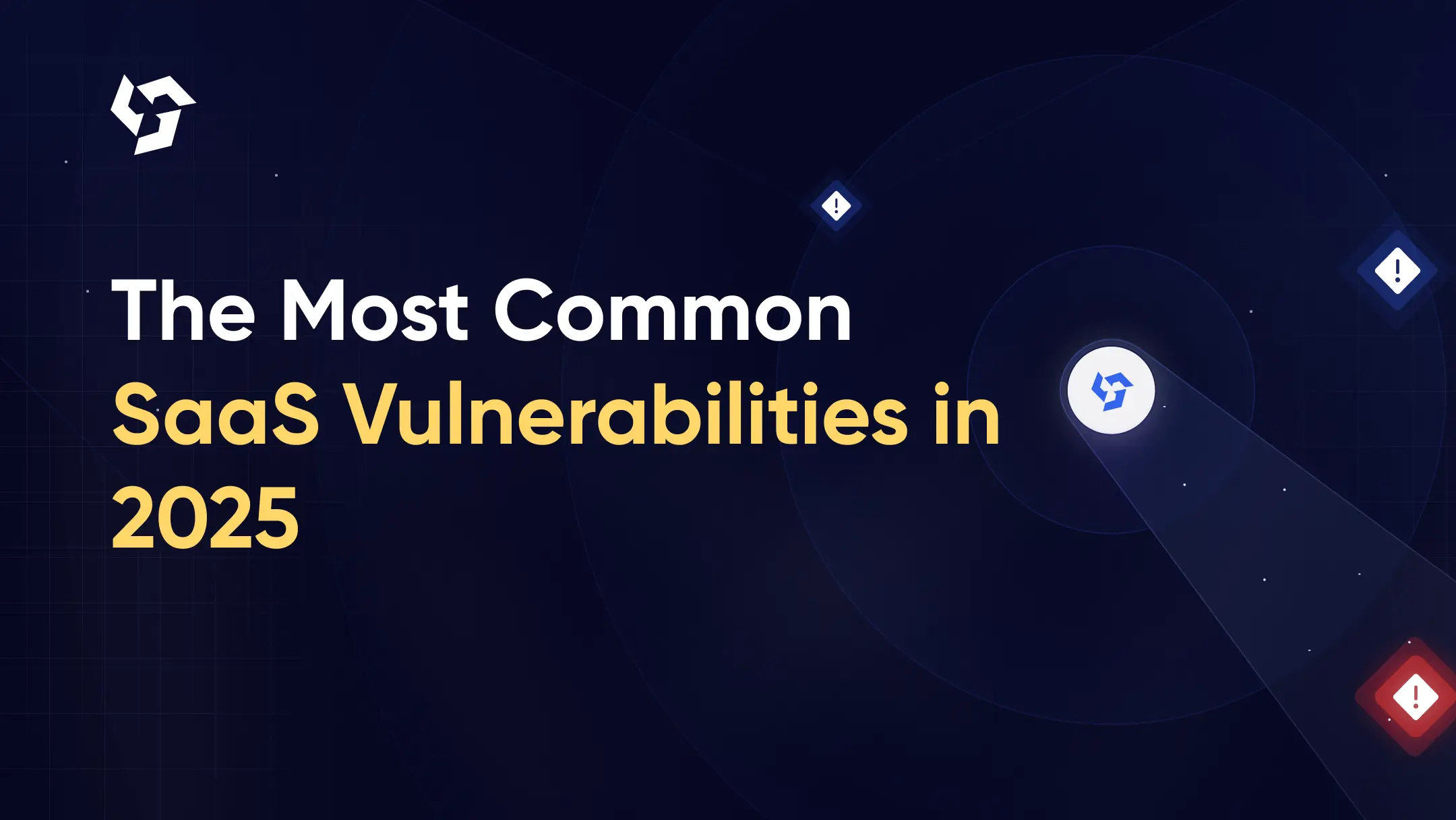













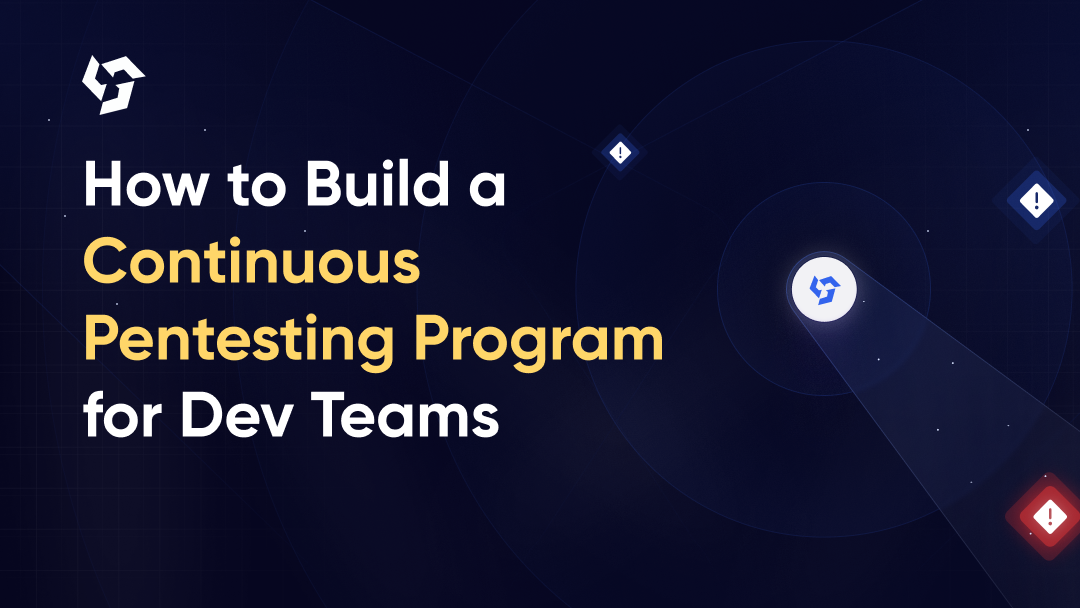




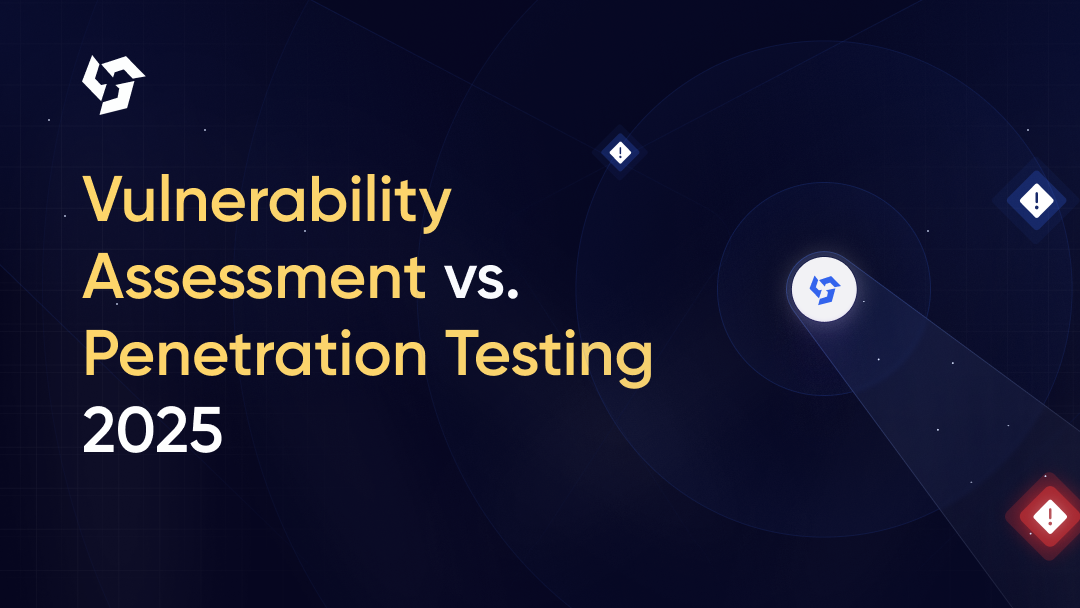






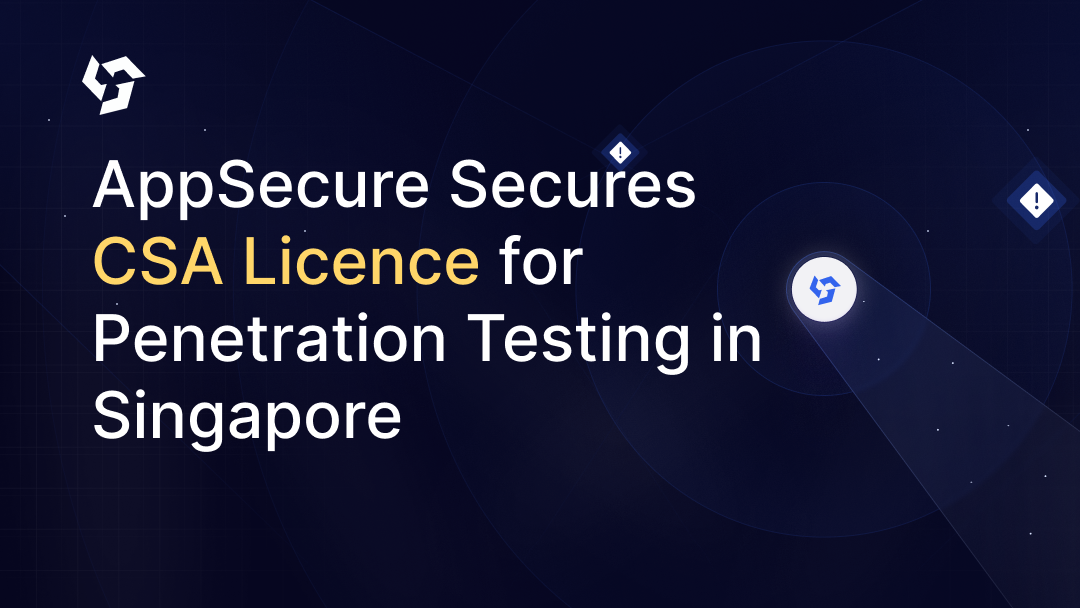
.png)
.png)

.png)
.png)
.png)
.png)
.png)

.png)
.png)
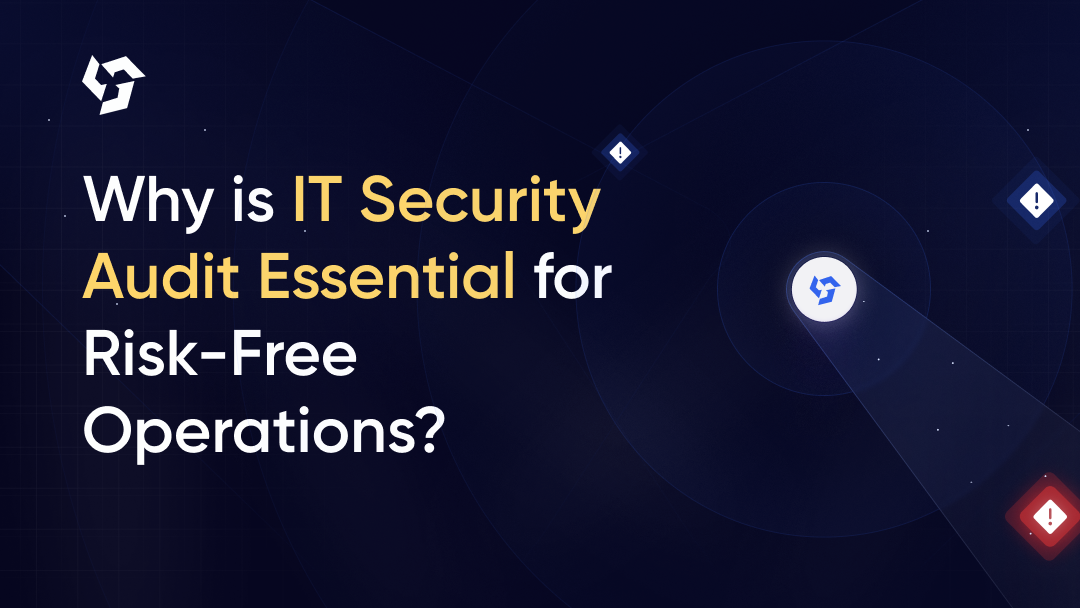

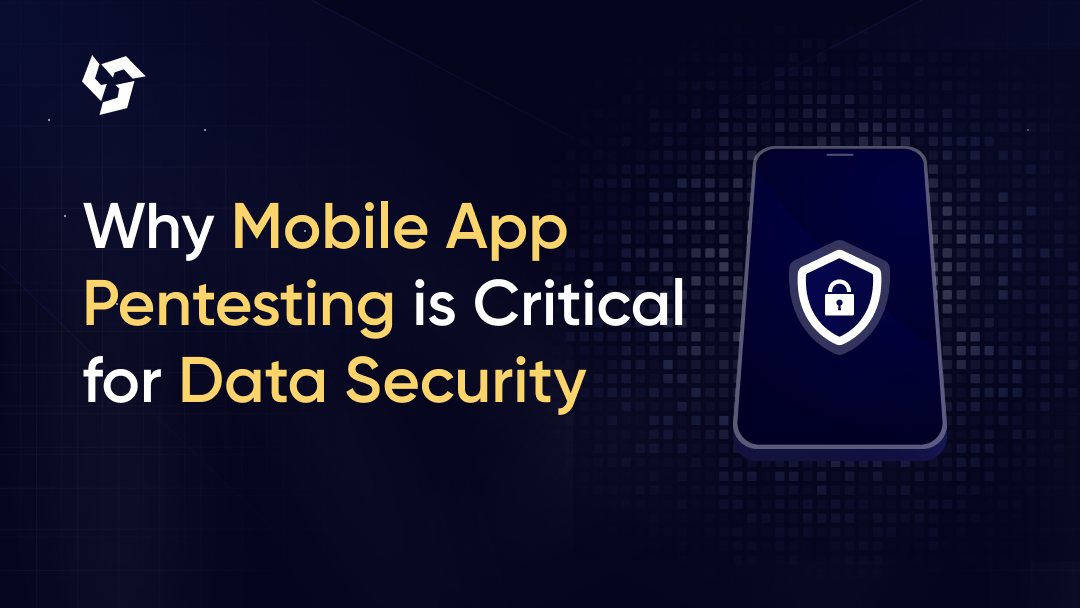
.png)


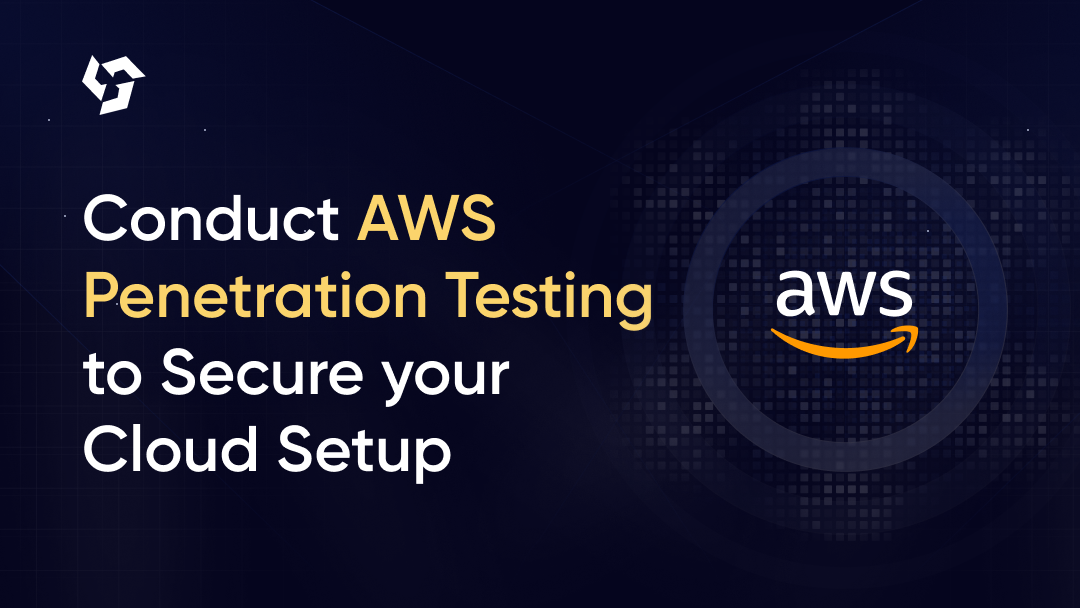

.png)
.png)
.png)
.png)
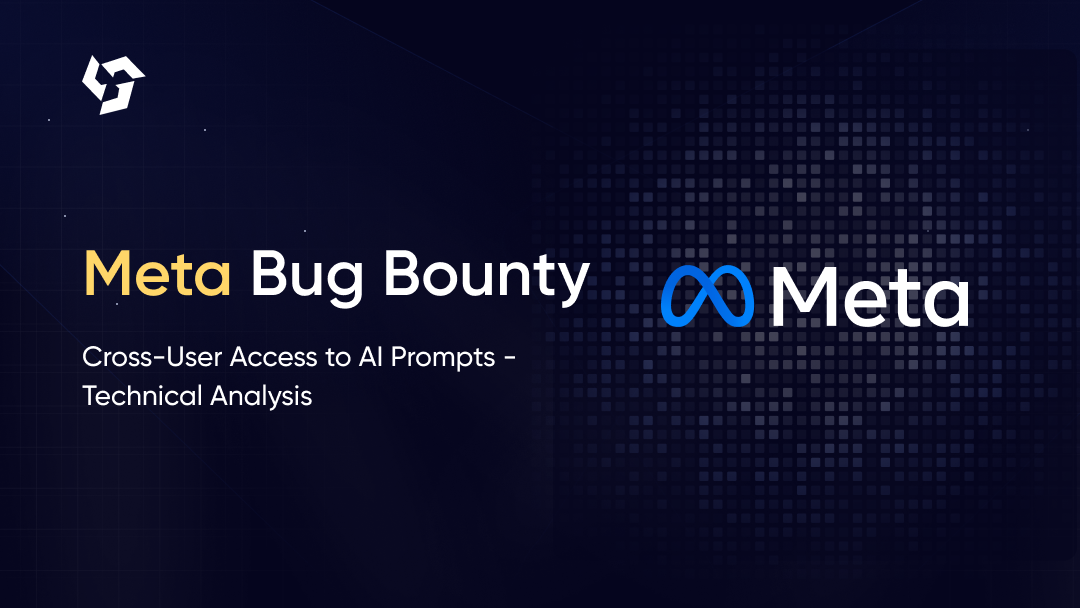
.png)
.png)
.png)

.png)
.png)
.png)
.png)
.png)

.png)









.webp)





.webp)


.webp)

.webp)




.webp)
